Structure of DNA - What makes you you!
Deoxyribonucleic acid (DNA) is a molecule encoding the genetic instructions used in the development and functioning of all known living organisms and many viruses. Along with RNA and proteins, DNA is one of the three major macromolecules that are essential for all known forms of life.
Genetic information is encoded as a sequence of nucleotides (guanine, adenine, thymine, and cytosine) recorded using the letters G, A, T, and C. Most DNA molecules are double-stranded helices, consisting of two long polymers of simple units called nucleotides, molecules with backbones made of alternating sugars (deoxyribose) and phosphate groups (related to phosphoric acid), with the nucleobases (G, A, T, C) attached to the sugars.
DNA is well-suited for biological information storage, since the DNA backbone is resistant to cleavage and the double-stranded structure provides the molecule with a built-in duplicate of the encoded information.
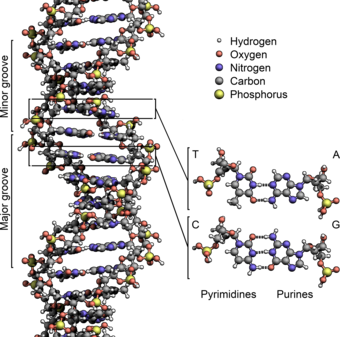
The structure of the DNA double helix. The atoms in the structure are colour-coded by element and the detailed structure of two base pairs are shown in the bottom right
Chromosomes
Within cells, DNA is organized into long structures called chromosomes. During cell division these chromosomes are duplicated in the process of DNA replication, providing each cell its own complete set of chromosomes. Eukaryotic organisms (animals, plants, fungi, and protists) store most of their DNA inside the cell nucleus and some of their DNA in organelles, such as mitochondria or chloroplasts.[1] In contrast, prokaryotes (bacteria and archaea) store their DNA only in the cytoplasm. Within the chromosomes, chromatin proteins such as histones compact and organize DNA. These compact structures guide the interactions between DNA and other proteins, helping control which parts of the DNA are transcribed.
What are traits?
How would you describe yourself? Do you have curly hair? Do you have dimples when you smile? Are you tall? These are examples of traits. A trait is a characteristic that distinguishes one organism from another organism. An apple tree’s traits might include pink flowers and red apples, while a pine tree’s traits might include flat needles and cones. Each apple and cone also has a unique set of traits—just as you have unique traits that distinguish you from your classmates.
Determining Traits
Traits are determined by genes inside an organism’s cells. A gene (JEEN) is a section of DNA on a chromosome that has genetic information for one trait, as shown in Figure 1. Genes carry coded instructions for making all parts of an organism. Not all of these instructions are contained in just one gene. Different genes contain different codes. The code of just one gene determines some traits.
Other more complex traits are determined by the codes of many genes that work together.
Heredity is the passage of genetic instructions from one generation to the next generation.
Genes are inherited. That means the instructions they carry are passed in sex cells from parents to offspring. An organism has genes—and some traits—similar to those of its parents.
1. Key Concept Check How are genes and traits related?
Phenotype and Genotype
You can describe an organism’s traits in different ways. Phenotype (FEE nuh tipe) describes an organism’s observable set of traits. The giraffe in Figure 2 has brown spots, thin legs, and a long neck. These traits are parts of the giraffe’s phenotype.
Genotype ( JEE nuh tipe) describes an organism’s complete set of genes. The genotype contains the coded instructions that result in an organism’s phenotype. Scientists say that an organism expresses its genotype in its phenotype. Like all organisms, the giraffe has many different traits. Its genotype contains the instructions for all of these traits.
2. Key Concept Check How do phenotype and genotype relate?
Environmental Influence
Genotype does not usually change during an organism’s lifetime. The flamingos pictured at the beginning of this lesson are different colors because of the food they eat. They are pink or white depending on the presence of a certain pigment in their diet. Like all organisms, each cell of a flamingo usually contains the same genes throughout the flamingo’s life. Its genes do not depend on the food the flamingo eats or what environment it lives in.
While an organism’s genes usually remain the same, an organism’s phenotype can change throughout its lifetime. Phenotype can change when factors in an organism’s environment change. Factors such as soil quality, water, temperature, or social conditions can change an organism’s phenotype without changing its genotype. Some of these factors can cause changes that last a lifetime. Others cause changes that are quickly reversed. For example, the octopus in Figure 3 can change color quickly as it moves, hunts, and hides in its environment.
Figure 3 This octopus changes color in a matter of seconds. No matter its color, its genotype remains the same.
1.  Visual Check How might the ability to change color help the octopus survive in its environment?
Visual Check How might the ability to change color help the octopus survive in its environment?
 Visual Check How might the ability to change color help the octopus survive in its environment?
Visual Check How might the ability to change color help the octopus survive in its environment?
Soil
Just as a flamingo’s color can change as its diet changes, the phenotype of many plants can change depending on the nutrients in the soil in which they grow. Low nitrogen in soil might cause a plant to be smaller than usual, or it might make its leaves yellow.
The acidity of soil can affect phenotype, too. In the case of the hydrangea plants shown in Figure 4, soil acidity can determine whether a plant has blue flowers or pink flowers. If grown in basic soil, a plant produces pink flowers. If the same plant is grown in acidic soil, it produces blue flowers. However, the plant’s genotype remains the same no matter what color its flowers are.
2.  Reading Check Does soil acidity affect genotype, phenotype, or both in hydrangeas?
Reading Check Does soil acidity affect genotype, phenotype, or both in hydrangeas?
 Reading Check Does soil acidity affect genotype, phenotype, or both in hydrangeas?
Reading Check Does soil acidity affect genotype, phenotype, or both in hydrangeas?
Water
Have you ever forgotten to water a houseplant?
What happened to it?
The plant might have wilted.
A wilted plant looks different than a plant that is well watered. Water can change a plant’s phenotype. Lack of water over long periods of time can cause some plants to have smaller leaves than usual, or it can cause leaves to curl. Too much water might cause plants to drop some of their leaves. Water can also affect the leaf shape of some plants, such as the water marigold shown in Figure 5. The leaves of the water marigold are thin and branched under the water and broad and wide above the surface.
Temperature
Did you know that the dark areas on a Siamese cat—the nose, ears, and tail—are cooler than the rest of the cat’s body? Changes in temperature affect the color of these areas. If the Siamese cat in Figure 6 lived in a warmer environment for a long period of time, the dark areas would gradually lighten. If the cat moved back to a cool environment, those areas would darken again. However, the cat’s genotype in each environment would be the same.
Temperature can affect the phenotype of other organisms. For example, in some reptiles, such as crocodiles and some turtles, temperature determines offspring gender. If the sandy nest in which a crocodile lays her eggs remains about 32°C, the hatchlings are male. In a slightly warmer or cooler nest, the hatchlings are female.
3.  Reading Check What determines a crocodile’s gender?
Reading Check What determines a crocodile’s gender?
 Reading Check What determines a crocodile’s gender?
Reading Check What determines a crocodile’s gender?
Social Factors
An organism’s social environment is the group of like organisms with which it shares a living space. A change in social environment can cause changes in gender, size, or color. For example, the desert locust, shown in Figure 7, is brown or green when it lives alone. However, in a crowded social environment, the locust is yellow or orange. Despite the color difference, the locust’s genes remain the same.
4. Key Concept Check How can the environment changephenotypes?
You have read that environmental factors can change an organism’s phenotype without changing its genotype. You also read that the environment cannot change genotype. A genotype can be altered only by changes in the gene’s DNA code.
What are mutations?
A change in the DNA code of a gene is called a mutation (myew TAY shun). Think about the last time you typed something. Did your fingers hit a wrong letter? Mutations are similar. Just as one wrong letter changes a word, a mutation changes a gene.
Sometimes, a mutation in a gene can also change the trait coded by the gene. When it does, the change can appear in the organism’s pheno type. The fruit fly with extra wings in Figure 8 is the result of a mutation in a gene that codes for the number of wings.
1. Key Concept Check What is a mutation?
Inherited Mutations
Recall that a change to a phenotype that is caused by an environmental factor is not inherited. A pink flamingo’s offspring can be pink or white depending on the offspring’s diet. However, changes to genotype can be inherited. If the fly with extra wings in Figure 8 survives and has offspring, it could pass its wing mutation to future generations. Passing mutations to offspring plays an important role in determining how organisms change over time.
1
Just like genes, making one small change to a word can change its meaning.
1. Spell the word head on four construction paper squares.
2. Pull a random letter out of a bag of letters and use it to replace one letter. If you cannot make a meaningful word, place the letter back in the bag, and draw another letter.
3. Repeat step 2 five times, writing down any new, valid words in your Science Journal.
Analyze and Conclude
1. Observe How did your word change?
2. Key Concept Explain how the change to your word is like a mutation to a gene.
1
WORD ORIGIN
mutation
from Latin mutare, means “to change”
from Latin mutare, means “to change”
Lesson Review
Visual Summary
Phenotype is an organism’s observable set of traits. Genotype is an organism’s entire set of genes.
Anup Shah/Photodisc/Getty Images
An organism’s phenotype can be changed by environmental factors.
Genotype can change only by mutations to genes.
What do you think NOW?
You first read the statements below at the beginning of the lesson.
1. Some organisms can change color as they move from one environment to another.
2. Environmental factors determine whether some organisms are born male or female.
3. Traits acquired during an organism’s lifetime are passed to the organism’s offspring.
Did you change your mind about whether you agree or disagree with the statements? Rewrite any false statements to make them true.
Use Vocabulary
1. Distinguish between phenotype and genotype.
2. Choose the term that describes an organism’s distinguishing characteristics.
3. A change in a gene is called a(n) __________.
Understand Key Concepts
4. If you describe a flower as pink, you are referring to
A.its genotype.
B.its genes.
C.its DNA.
D.its phenotype.
5. Compare In the fall, an arctic fox begins to grow a white coat. In spring, it sheds its white coat and
begins to grow a brown coat. Compare the fox’s genotype in winter and in summer.
begins to grow a brown coat. Compare the fox’s genotype in winter and in summer.
6. Describe the location of the instructions that code for traits.
7. Which equation best illustrates how a trait appears?
A.genotype + environment = phenotype
B.genotype + phenotype = environment
C.phenotype + environment = genotype
D.phenotype + genotype = environment
8. The two plants below came from the same parent plants, but the one on the right was watered less.
What might explain their differences?
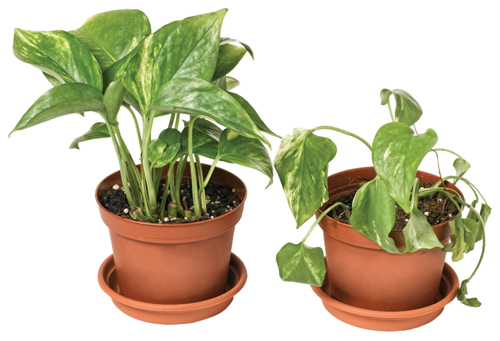
What might explain their differences?

A.Lack of water can alter a plant’s genotype.
B.Lack of water can alter a plant’s phenotype.
C.Lack of water can cause a mutation.
D.Lack of water is an adaptation.
9. Which does NOT change over time?
A.an individual’s phenotype
B.an individual’s genotype
C.populations of organisms
D.types of adaptations
Interpret Graphics
10. Hypothesize The illustration below shows what happens to the fur color of a Himalayan rabbit after a patch of fur on its back is shaved and an ice pack is placed on it for several days. What might happen if the floor of the rabbit’s cage were warmed but the rest of the cage were kept cool?


11. Organize Information Copy and fill in the graphic organizer below with three environmental factors that can influence phenotype.


Critical Thinking
12. Develop a hypothesis to explain why two organisms with the same genes might look different.
13. Provide two examples to explain the following statement: The expression of genes is best understood as a combination of the genes and environmental factors.
14. Draw an Analogy Think of a house as if it were an organism. Explain whether changing its blueprint would be similar to changing genotype or phenotype.
http://learn.genetics.utah.edu/content/begin/traits/
http://nature.ca/en/explore-nature/games-activities
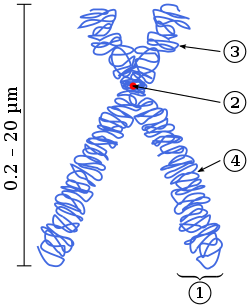
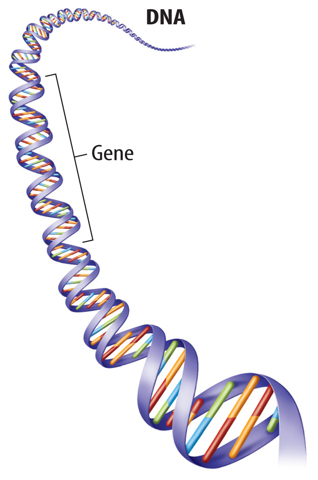
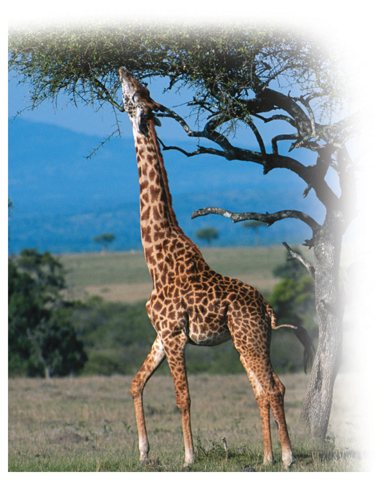



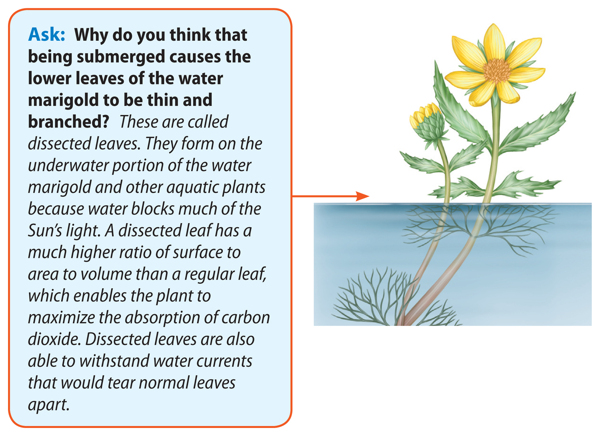

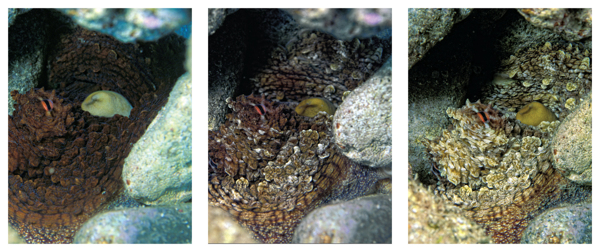
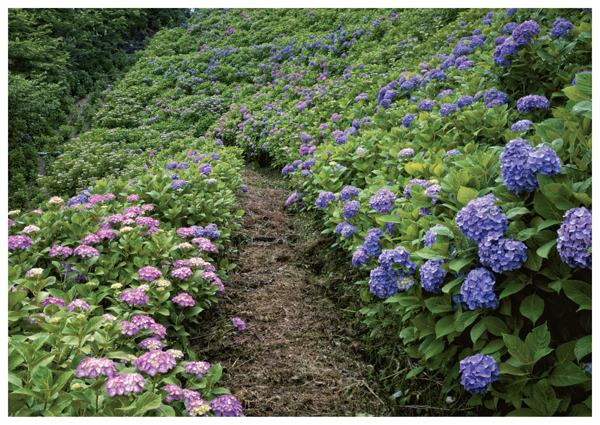
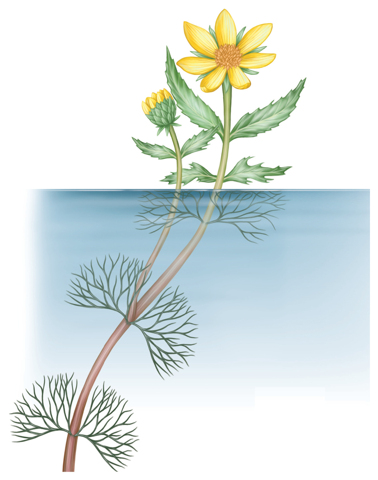
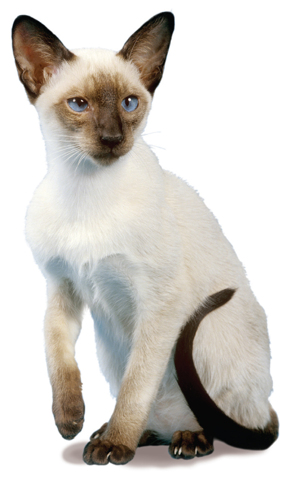
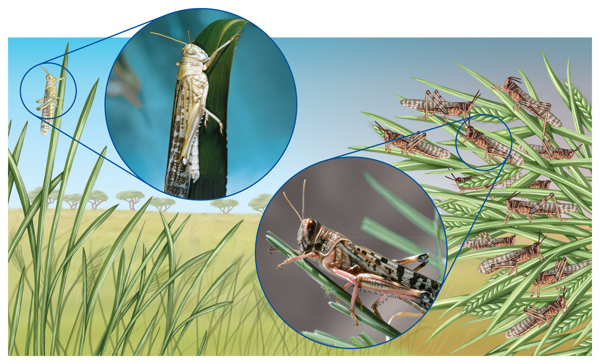
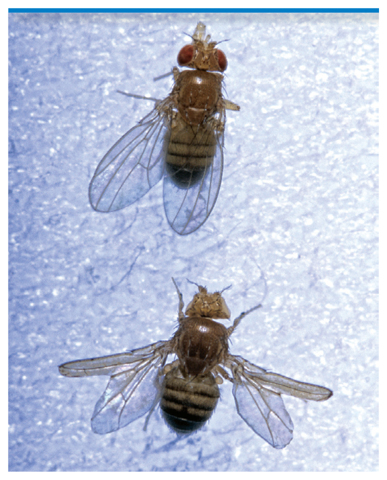


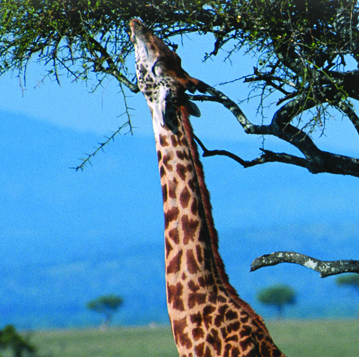
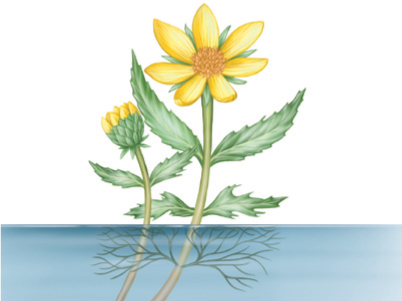
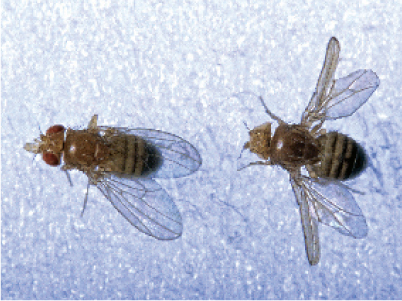
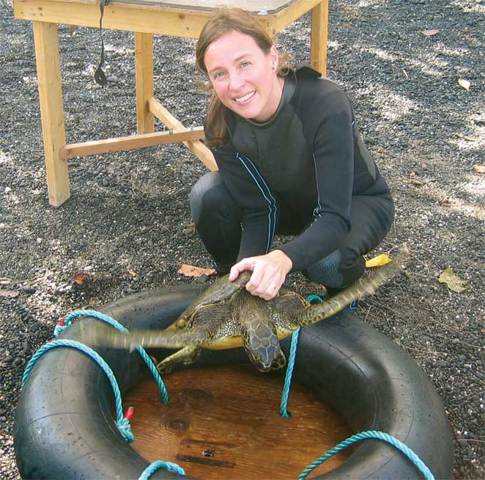
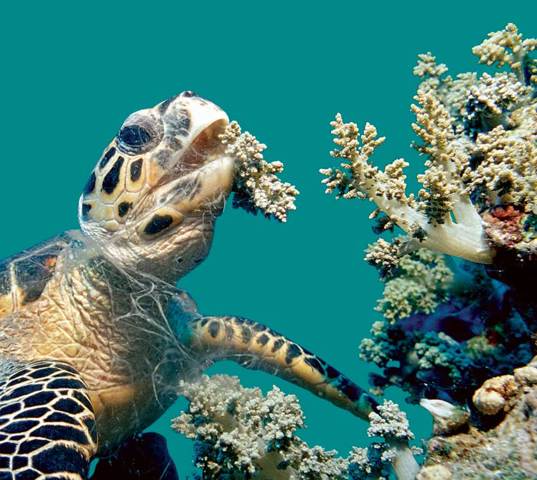

0 comments:
Post a Comment